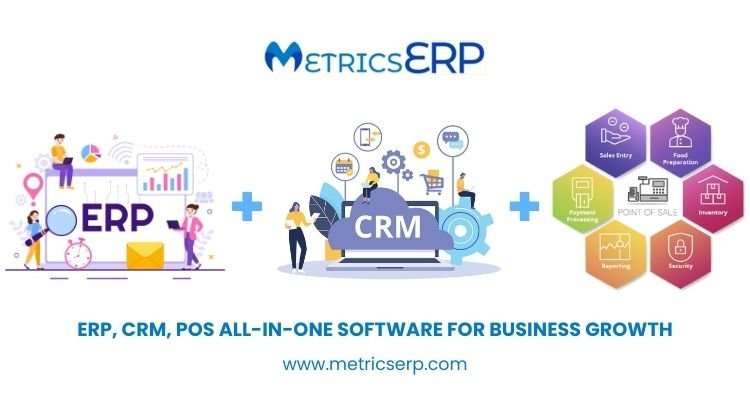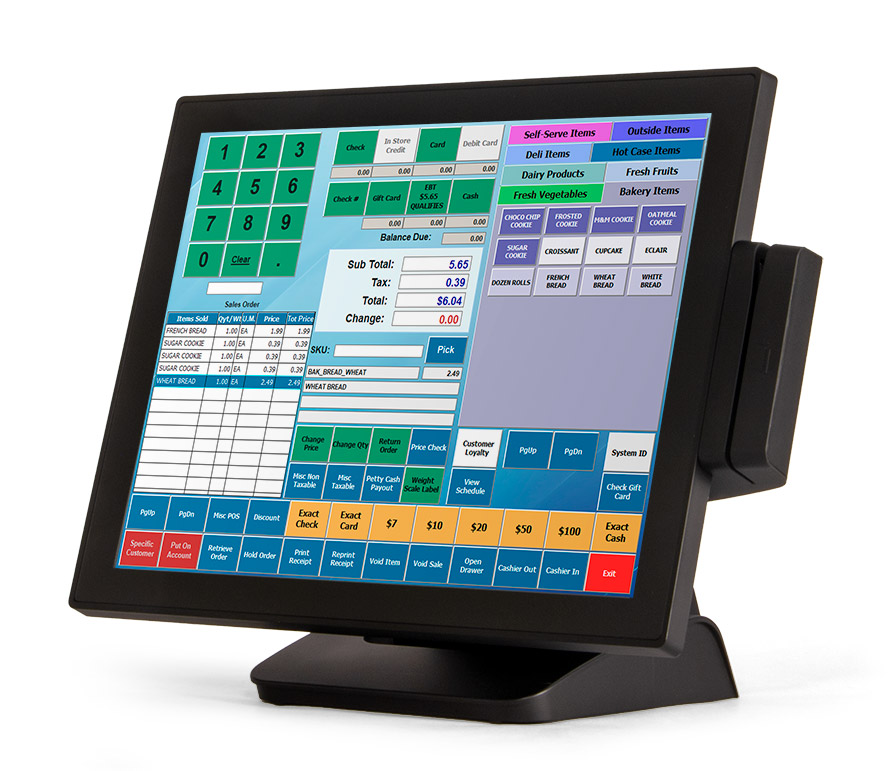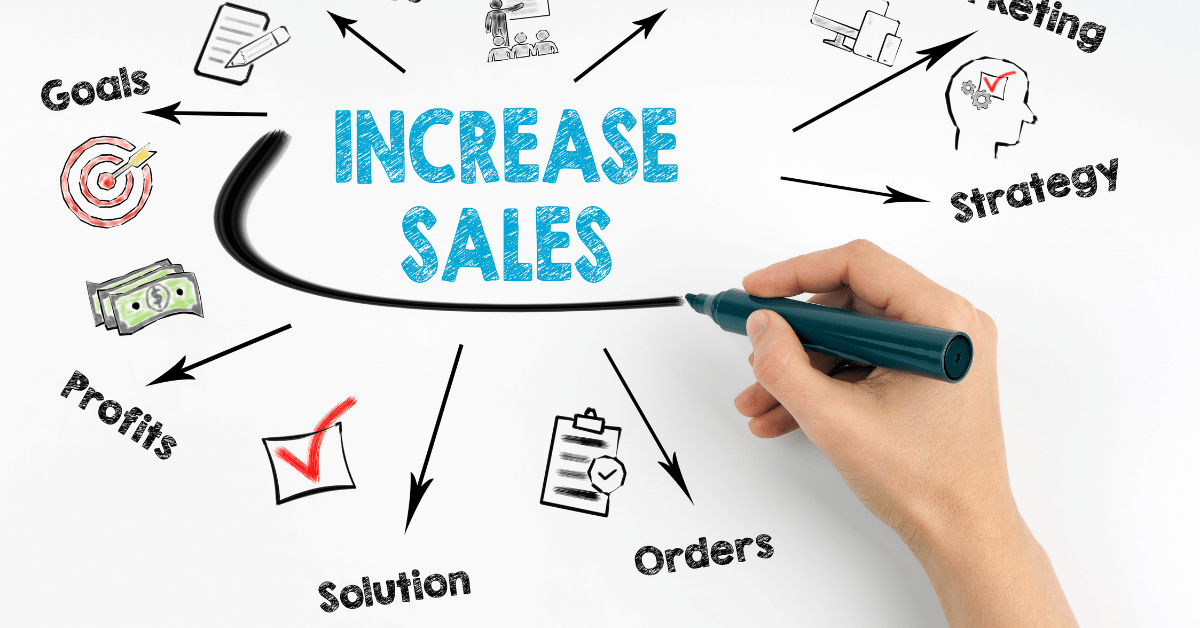How an E-commerce Business Boosted Sales with ERP, CRM, and POS Integration
Learn how an e-commerce business significantly boosted sales and enhanced customer satisfaction through the integration of ERP, CRM, and POS systems. Discover the benefits of streamlining operations, automating inventory management, and unifying online and offline sales channels for a seamless customer experience.

In today’s competitive market, e-commerce businesses face constant pressure to deliver superior customer experiences, streamline operations, and boost sales. One way to achieve this is by integrating key systems—Enterprise Resource Planning (ERP), Customer Relationship Management (CRM), and Point of Sale (POS)—into a unified platform. Let’s explore how one e-commerce business dramatically improved its performance and boosted sales by leveraging this powerful trio.
Understanding the Challenge
Our case study focuses on a medium-sized e-commerce retailer that sells a variety of consumer electronics and home appliances. Despite having a steady customer base, the company struggled with slow order fulfillment, inefficient inventory management, and a disconnect between online and in-store sales data. Customer satisfaction declined due to delayed deliveries, incorrect inventory listings, and poor after-sales service.
What is the root of these problems? Disjointed systems. The business used separate software for managing inventory, tracking customer interactions, and processing sales, making it difficult for employees to get a full picture of operations and customer preferences.
The Solution: Integrating ERP, CRM, and POS Systems
The e-commerce business decided to streamline operations by integrating three critical systems:
- ERP (Enterprise Resource Planning) to handle back-end processes such as inventory management, accounting, and supply chain logistics.
- CRM (Customer Relationship Management) to track and improve customer interactions and experiences.
- POS (Point of Sale) to unify all sales channels, including online and physical stores.
Step 1: ERP Integration for Better Inventory and Supply Chain Management
The business started by integrating an ERP system, which centralized all data related to inventory, purchasing, and fulfillment. Before integration, inventory was often inaccurately reflected on the website, leading to out-of-stock situations or incorrect shipments. With ERP integration, inventory levels were updated in real time, ensuring that stock availability was accurately shown on the e-commerce platform.
This real-time data access allowed the business to:
- Reduce stockouts and overstocks, minimizing lost sales opportunities and warehouse holding costs.
- Automate reordering when stock levels drop below a certain threshold.
- Streamline order fulfillment by connecting the supply chain to real-time customer orders.
Step 2: CRM Integration to Enhance Customer Experiences
The CRM system was integrated to create a centralized database of customer interactions, preferences, and purchase histories. This integration empowered the sales and customer support teams with crucial data, enabling them to offer personalized experiences, promotions, and solutions.
Some key advantages were:
- Personalized marketing campaigns, tailored to individual customer preferences based on their previous purchases and browsing behaviors.
- Improved customer support, where agents could easily access customer history and resolve issues faster.
- Loyalty programs became more effective, as the CRM tracked points, rewards, and discounts for returning customers.
The integration also made it easier to spot high-value customers and provide them with exclusive offers, boosting customer retention and driving repeat sales.
Step 3: POS Integration to Unify Sales Channels
For this e-commerce business, one of the biggest pain points was the gap between its online store and physical retail outlets. The POS system integration unified these channels by providing a seamless, real-time view of all sales and customer interactions across platforms.
The POS system allowed the business to:
- Sync online and offline sales in real-time, preventing discrepancies between stock levels in stores and on the website.
- Enable “click-and-collect” options, where customers could buy products online and pick them up in-store.
- Offer seamless returns and exchanges, whether the purchase was made online or in-store.
The real-time synchronization between the POS, ERP, and CRM systems ensured that customers received accurate product information, could choose their preferred delivery method, and had a smooth checkout process.
The Impact on Sales and Customer Satisfaction
Within months of implementing the ERP, CRM, and POS integration, the e-commerce business saw a notable improvement across several key areas:
1. Increased Sales
By automating inventory management and ensuring real-time accuracy across platforms, the business avoided stockouts and lost sales. The ability to track customer preferences allowed the company to launch targeted promotions that drove sales up by 15% in the first quarter post-integration.
2. Improved Customer Retention
With better insights into customer behavior, the business enhanced its marketing efforts, leading to an increase in returning customers. The CRM system allowed them to offer more personalized deals and post-purchase support, increasing customer retention by 25%.
3. Faster Order Fulfillment
With an integrated ERP system, the company drastically reduced order processing time, allowing for faster shipping and higher customer satisfaction. Fulfillment times were reduced by 30%, and fewer errors were made in order deliveries, reducing the need for returns and improving customer trust.
4. Reduced Operational Costs
The automation of inventory and order management processes reduced the company’s reliance on manual labor, cutting down operational costs by 20%. The centralized data also meant that employees could work more efficiently, further reducing costs related to administrative tasks.
5. Enhanced Customer Experience
With synchronized systems, the e-commerce business was able to offer a smoother, more satisfying customer experience. Shoppers could view accurate product availability, choose from multiple payment options, and enjoy fast, reliable delivery. This resulted in higher customer satisfaction ratings and better online reviews, which further contributed to sales growth.
Conclusion
The integration of ERP, CRM, and POS systems proved to be a game-changer for this e-commerce business. By unifying these key platforms, the company was able to streamline its operations, provide a superior customer experience, and boost its sales significantly. For e-commerce businesses looking to stay competitive, investing in such integrations is a powerful strategy that can transform both operational efficiency and customer loyalty.
If your e-commerce business is struggling with disjointed systems and fragmented customer data, consider implementing this powerful trifecta of ERP, CRM, and POS integration—you’ll likely find that the results speak for themselves.
What's Your Reaction?




















